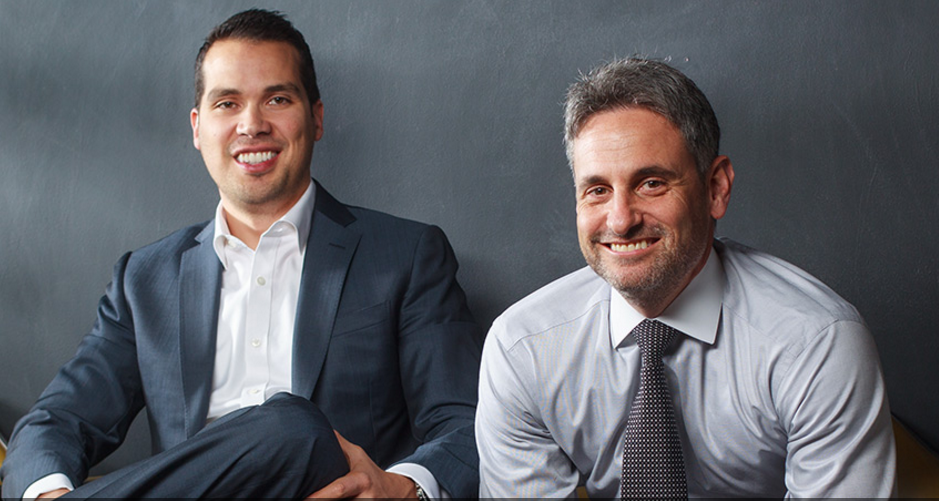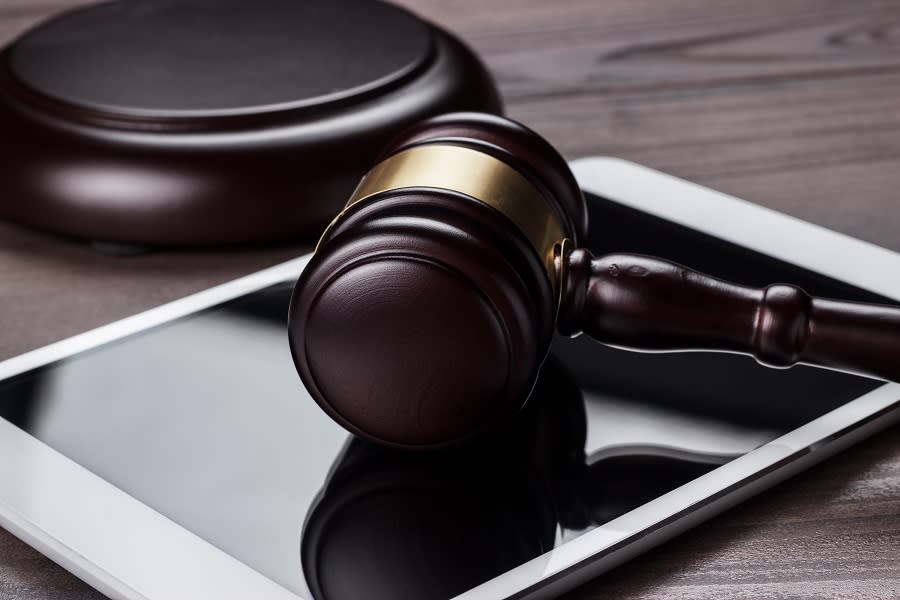How Tech-Savvy Lawyers are Changing the Courtroom
Marc Lamber and James Goodnow are on the forefront of legal adoption of new technology. The outspoken team are young guns making history by bringing venerable law firm Fennemore Craig up to date.

In a profession still mired in old-fashioned methods, Lamber and Goodnow are refreshingly high-tech. While other lawyers roll luggage carts piled with boxes full of paper and waste time thumbing through files to find information, Lamber and Goodnow arrive armed with an iPad and searchable information at their fingertips. Bringing tech into the courtroom means finding new ways to present evidence, serve clients, and deliver information.
Deploying a Fleet of iPads
In an interview with Apple, Marc Lamber says, "You could have ten thousand pages of documents for each case. But now it's on the iPad. You want to highlight a document, underline something, annotate it, or add a note that this page is important? Now you can do all that on an iPad."
Using cloud document storage and a fleet of iPads, connect the attorneys to assistants and partners, allowing the entire team to collaborate in real time.
Their innovative approach includes a video production company where they produce video demand letters. It's a big expense – up to $100K – but well worth it. The professionally edited videos, delivered on an iPad in an aluminum briefcase, made a difference in both the amount and speed of settlements.

The firm loans iPads to clients for "Red Phone" communication. Part of their appeal is responsive customer service. Clients use the iPad to view documents, attend meetings via FaceTime of Skype, and email any member of the legal team. Instant access is both comforting and convenient, especially for injury victims who may not be able to attend in-person meetings.
Glass Action
In 2014, they launched a program called "Glass Action," where they loaned Google Glass to injured clients, providing powerful and persuasive visual testimony to back disability claims. One of the challenges in jury trials is demonstrating just how debilitating an injury can be. Gary Verrazono lost his right arm and leg in an accident, recording his day-to-day activities from a first-person perspective proved an innovative way to communicate the difficulty of post-injury life...and keep in touch with his legal team.
Online Presence
Today, in keeping with their early-adoption policy, the high-tech team is using 3D printing to facilitate their cases, particularly in the pre-litigation phase. Relying on expert advice and the MakerBot 3D printer, Lamber and Goodnow show the design flaws that led to failure in their cases. Presented with physical evidence of flawed design, decision-makers are quicker to settle without dragging the case out in court.
The Chicago personal injury lawyers also invested heavily in building an SEO optimized website loaded with multimedia content. Understanding of the impact of content marketing has made a huge difference to the firm; what was once a regional practice now fields nationwide cases, and 80% of their individual clients find them via web search.
The legal profession has been notoriously slow to adopt new technologies, but the young lawyers are beginning to make an impact. Clients expect an extensive web presence and fast answers to pressing questions. Juries, influenced by pseudo-science courtroom dramas, increasingly demand physical evidence, science, and video presentations. Lamber and Goodnow use technology to deliver evidence and testimony juries, clients, and legal opponents can understand.
